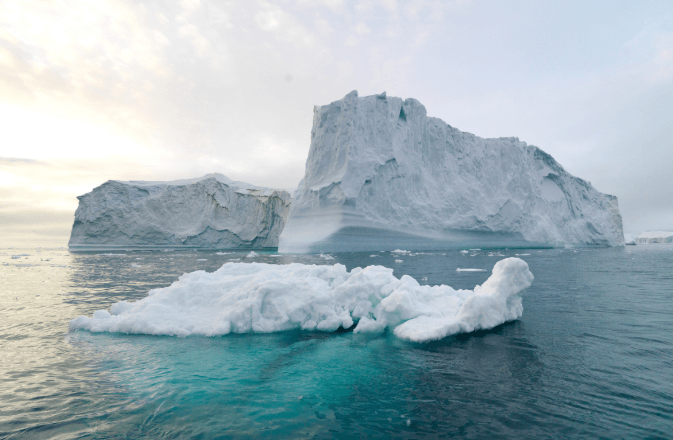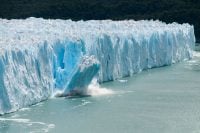Over the past decade, scientists have observed that many of the world’s glaciers have begun to recede dramatically. Now, experts agree that it is as a result of man-made global warming, as opposed to climatic factors. Whereas previously skeptics suggested that volcanic activity and solar variation could contribute to glacial recession, researchers now agree that fossil fuels and greenhouse gases are warming up the planet. Therefore, it is more important than ever that we work together to cut carbon emissions. In this article, we explain how global warming and glacial recession is affecting the environment.
When did glaciers start to melt?

Scientists first observed glacial recession as early as the mid 19th century. Then, it was agreed that these changes were as a result of naturally occurring climatic factors. For example, the mid 19th century marked the end of a “mini ice age”, where average temperatures were below average for decades. However, between 1951 and 2010, experts observed that glaciers began to melt rapidly. During this period, 25% of the Earth’s ice melted. Scientists have established that this is certainly due to human influence – especially as this figure spiked to 69% between 1991 and 2010.
How have scientists measured the climatic factors affecting glacial melt?
Scientists gathered this evidence by monitoring approximately 200,000 glaciers globally. In comparison to the climatic factors that caused glacial melt in the 19th century, there is now indisputable evidence that humans are causing global warming. In the past ten years, researchers have recorded record-high surface temperatures, alongside observing other distinctive signs. For instance, the snow atop the peak of Mt. Kilimanjaro, Kenya, has melted by more than 80% since the turn of the 20th century. Furthermore, NASA’s laser altimeter that monitors Greenland’s ice sheet shows the edges melting. There are other subtler symptoms, such a warmer winters and earlier springs.
Perhaps one of the most significant effects of glacial melt is rising sea levels. When temperatures rise and ice melts, water flows from the ice sheets, glaciers, and ice caps into the sea. Subsequently, the temperature of the ocean goes up and the volume of the water expands. As a result, sea levels rise. Within the past century, scientists have recorded that global sea levels have risen between ten and twenty centimeters. This presents several serious dangers, including widespread flooding, water contamination, and threats to coastal ecosystems.
How can we manage glacial recession?

Scientists have proven that the effect of natural phenomena on global warming is very limited. In comparison to the damage caused by carbon emissions, the impact of things like volcanic eruptions and reduced solar radiation is negligible. Moreover, it takes hundreds of years for glaciers to adjust to climate change, so the implications of the current recession rates are very serious. For example, although mountain glaciers account for less than 1% of global ice coverage, they contribute significantly to rising sea levels because they are melting so quickly.
However, there are things that humans can do to manage the damage done. For instance, it is critical that people support politicians with a plan for green energy. Through investment in renewable energy sources like solar energy and wind power, we can work together to reduce the impact of climate change. Furthermore, it is important to support tree planting and forest management projects, which help control carbon dioxide levels. However, there are smaller measures people can take in their day-to-day lives. For example, even the smallest gestures like driving less and recycling more can help to manage our effect on the environment. Through collective and individual efforts, it is possible to help to protect Earth’s glaciers, their ecosystems, and ultimately, the future of our planet.
No comments yet
There are no comments on this post yet.






Leave a comment